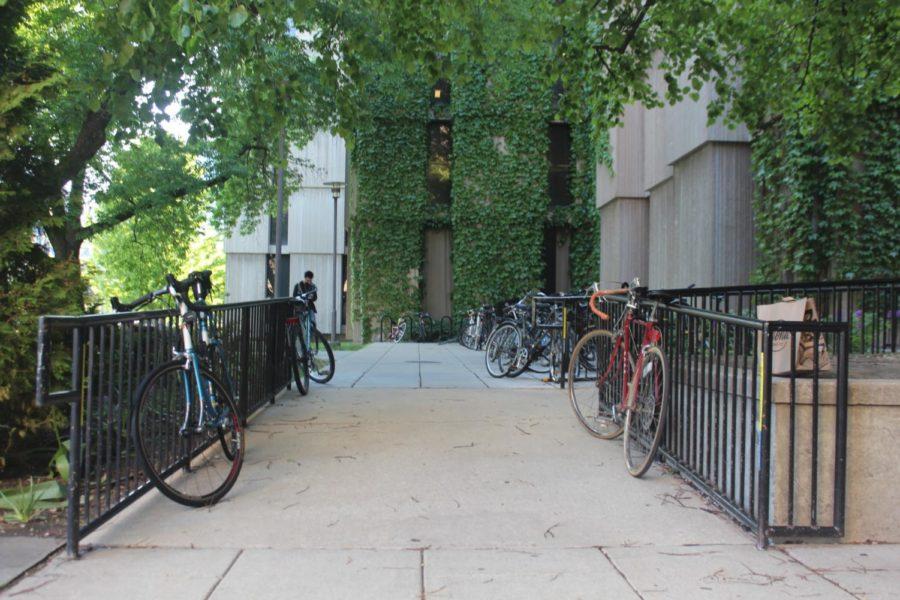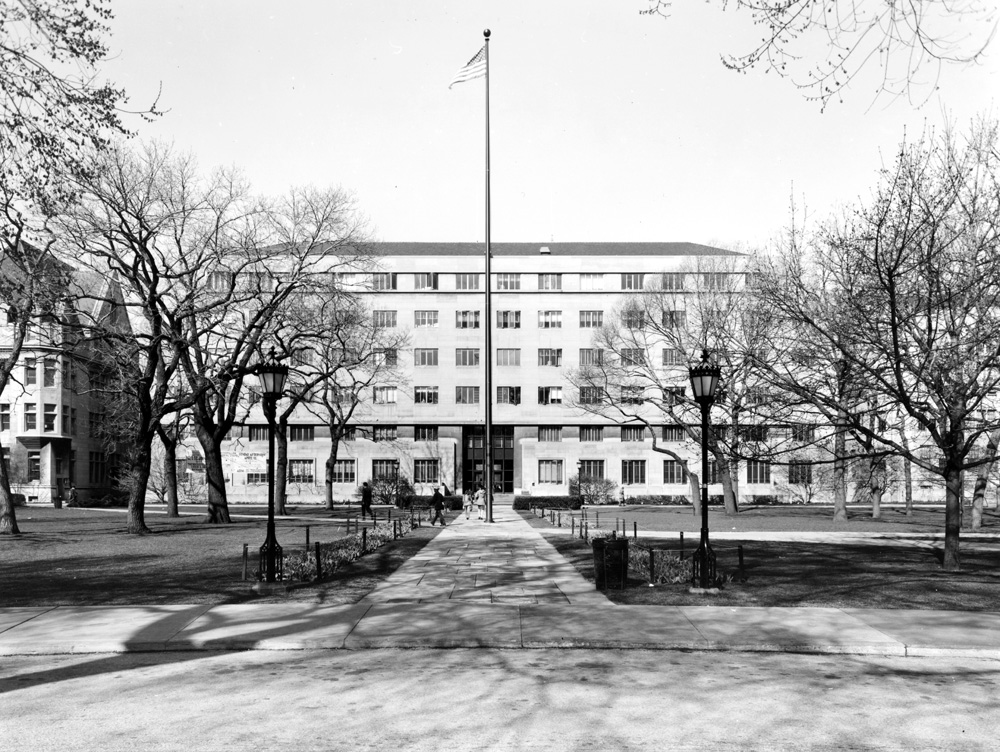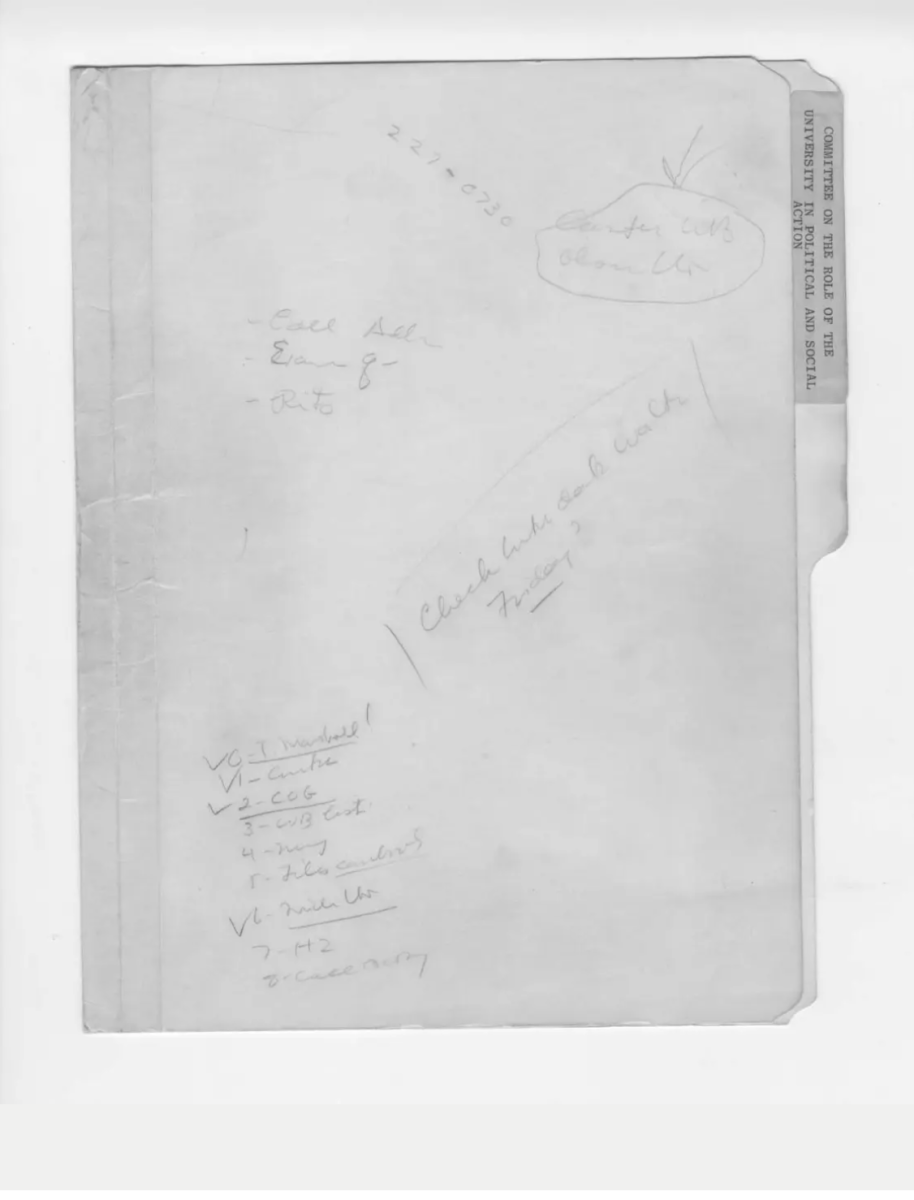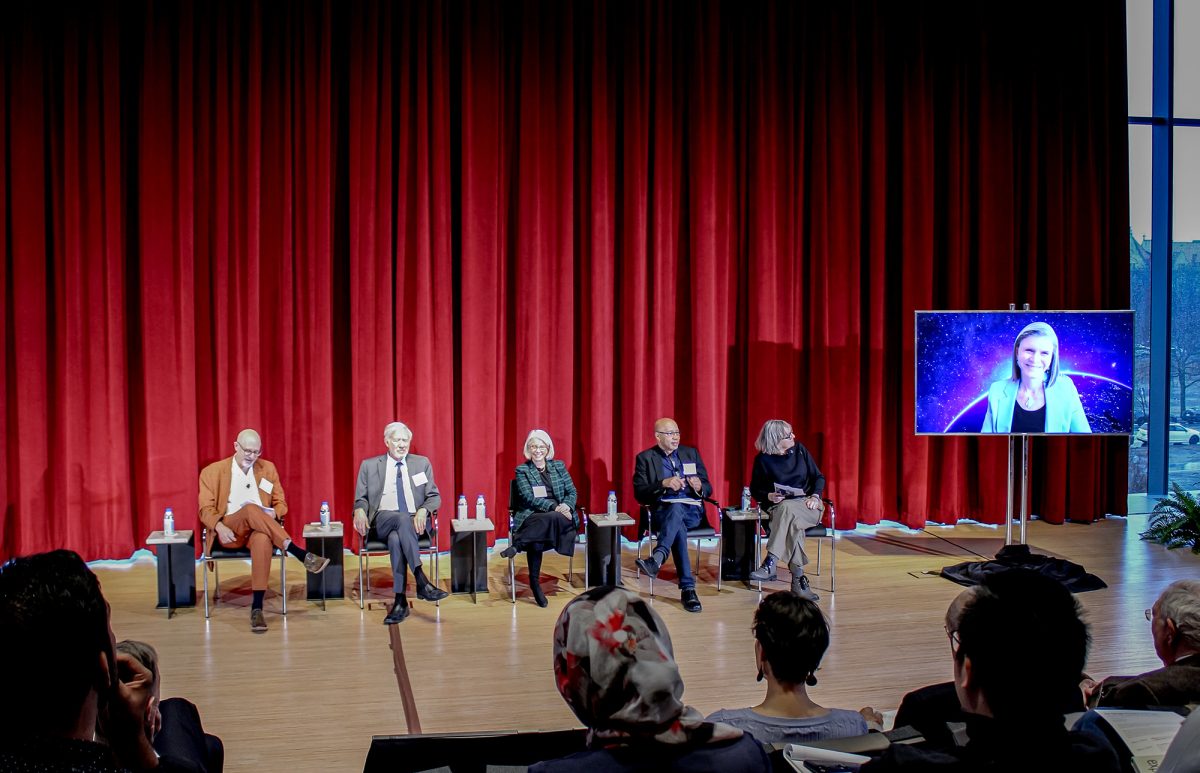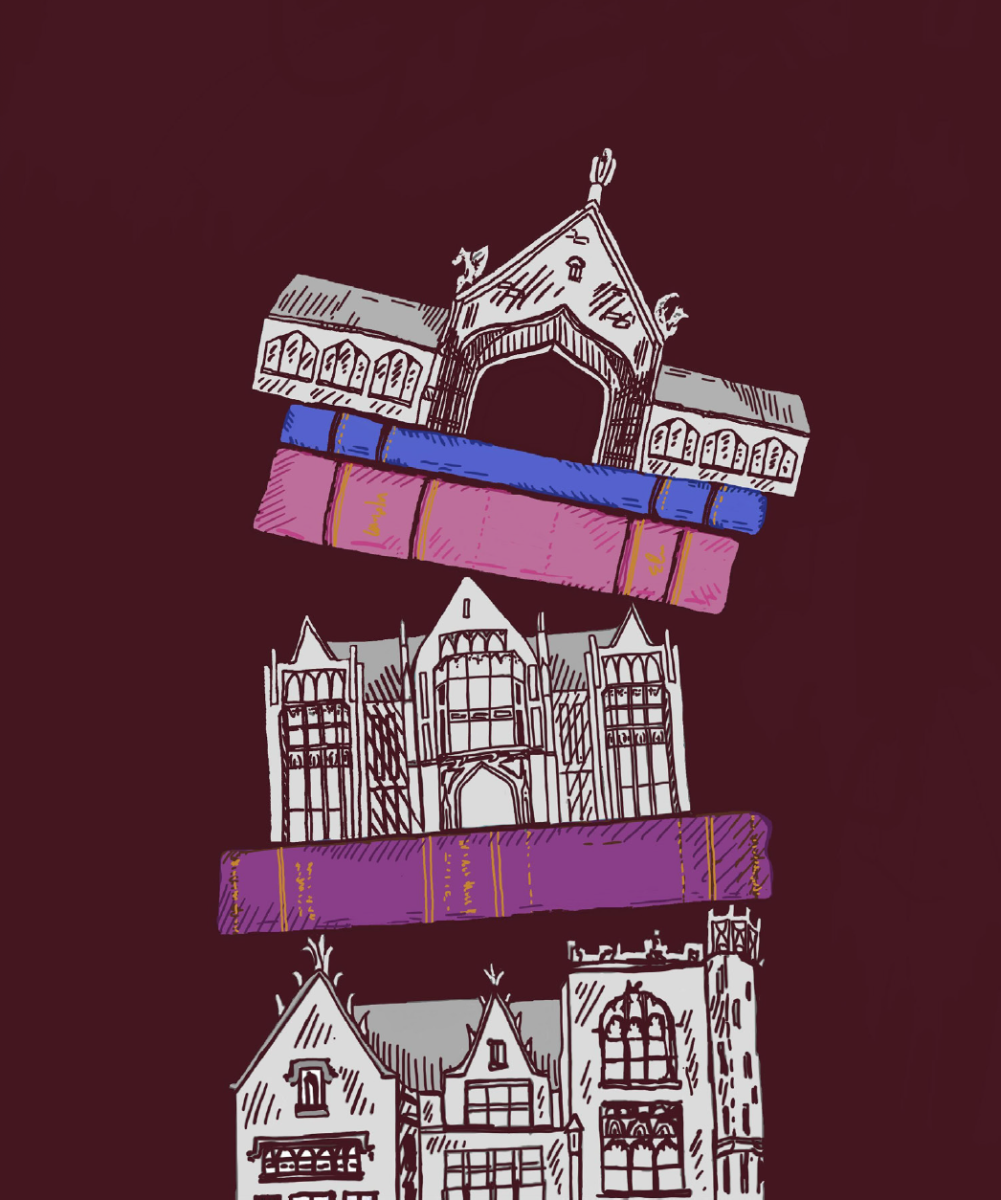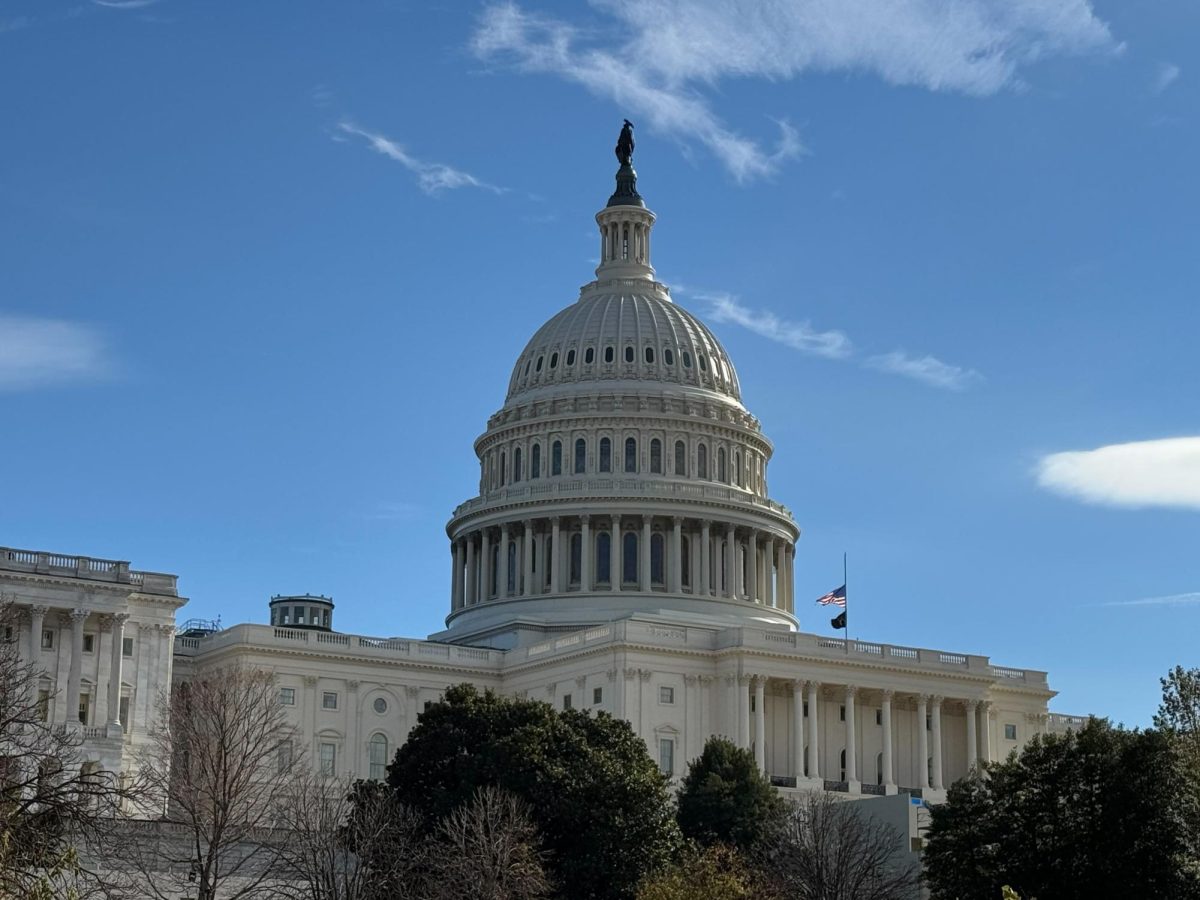Fourth-year Brittney Dorton spent the first 18 years of her life in a relatively normal body.
She was diagnosed with Ehlers-Danlos Syndrome (a group of inherited disorders that mostly affect skin, joints, and blood vessels) in high school, but was told by her doctor that the syndrome was not serious. While attending high school, Dorton frequently swam and ran half marathons. Oftentimes, in participating in these activities, she accidentally dislocated her shoulder and knee sockets and would casually pop her joints back into place. “I [thought] everything’s just so loose that it’s really easy for that to happen,” Dorton said. “Bodies are supposed to do that.”
However, five days before her supposed college move-in day, Dorton was confronted with the nasty realization that bodies should not. One second she was standing. Pop. Suddenly, Dorton was not. Her doctors told her that she tore her ligament, and that they only ever witnessed a tear as deep as hers from car accidents. Dorton had to go through an extensive surgery to reconstruct her knee. She would have to learn how to walk all over again. The accident also left her with complex regional pain syndrome, a chronic condition in which the body’s nervous system perpetually sends and amplifies pain signals to the brain, giving Dorton a constant burning sensation from the injured area.
When Dorton told the College about her predicament, the College told her that she should not come to school, because they could not promise her the level of accessibility she needed for housing, classes, and transportation.
“I was just devastated,” Dorton said. “I had a roommate. I had all my stuff packed up. And all of a sudden, it was all being taken away from me.” Dorton had to take the year off. “It ended up being the right choice because I ended up having three surgeries that year. I had to do like six hours of physical therapy a day…. But at the same time, that didn’t make that decision to take a year off any easier.”
Little did Dorton know that first phone call she made would be the first of many uphill battles in a long, arduous fight towards better accessibility for students with disabilities on campus. Throughout her first year at the University, Dorton experienced the many ways in which the College was right to suggest it was lacking the resources and attention she needed to fulfill the bare minimum as a student. In almost all aspects of her life on campus, including housing, transportation, and academics, Dorton faced a severe disadvantage compared to her peers.
Nor was Dorton the only one.
Under Section 504 of the Rehabilitation Act of 1973, privately funded schools that receive federal funding are mandated to provide accessible programs to students with disabilities.
Furthermore, the Fair Housing Act of 1988 stipulates that these federally funded recipients shall not prevent qualified individuals from fully participating in the institution’s programs or activities, including access to residence halls. Lastly, the Americans with Disabilities Act (ADA), which was signed into law in 1990, bans discrimination against people with disabilities in areas of employment, public accommodation, public services, transportation, and telecommunication.
The University, which receives federal aid and is categorized as a place of accommodation, is therefore legally mandated to follow these three laws.
According to Jeremy Manier, a University spokesperson, approximately 7 percent of students are formally registered for accommodations at the University, and while not all of them require the same level of care as Dorton, investigating accessibility on campus has uncovered many students who claim grievances due to the University’s inaction.
Housing & Transportation
When Brittney Dorton was preparing for her first year after her gap year, College Housing informed her that her first choice, Burton Judson, did not have an elevator. In response, Dorton requested to simply be placed in the most accessible dorm. Instead, she received a room assignment on Burton Judson’s fourth floor.
“I called Housing, and they were like, oh, um, we think we lost the disability paperwork for this year,” Dorton said. The only other alternative the housing office offered was at International House, a dormitory located a quarter mile from the main quad, which Dorton dismissed as an even less accessible living situation. Dorton found someone willing to swap her second-floor room for Dorton’s, but the trek up the stairs was nonetheless exhausting.
Dorton was still too weak to walk to classes by herself and, at the very least, required crutches. She used Dial-A-Ride, a complimentary service that provides rides for classes.
Yet, Dorton found Dial-A-Ride inflexible. She had to schedule her transportation route a week before the service and had few options to adjust her schedule. The service also only lasted from 8 a.m. to 5 p.m., so Dorton had to search for other forms of public transportation to get around campus in the evening, such as the University shuttle and CTA buses. However, the University shuttle drivers rarely knew how to operate the wheelchair lift, which made entering the vehicle extremely difficult, even with crutches. The CTA buses were Dorton’s best form of transportation but closed at 6:30 p.m.
Overall, Dorton described her first-year social life as “lonely.”
“I saw people going out and…joining clubs that I had wanted to join or even just like hanging out after class,” Dorton said. “I didn’t have the institutional support to allow me to do those things.”
Talking to students about their experiences with the campus’s physical accessibility has unveiled new perspectives on campus architecture and aesthetics previously seen as positive externalities. For instance, while the cobblestone tiles that decorate pathways on the quad contribute a historic atmosphere to the campus, Dorton explained that for students with physical disabilities, they can be extremely uncomfortable to walk on as well as hard to avoid slipping and tripping over. Dorton also expressed Haskell Hall as one of the least accessible buildings; like the Burton-Judson dorms, it has no elevator.
Moreover, a closer look at Cobb Hall’s main entrance reveals the ramp outside the building has little practical purpose. Upon entering the building, a set of stairs is the only available pathway to access any classrooms.

Academics
For any student applying for accommodations, Student Disability Services (SDS) is the first point of contact. SDS is responsible for providing resources, support, and accommodations to students with learning, physical, and psychological disabilities; it’s also responsible for determining whether students’ disabilities qualify them for accommodations in the first place. Applicants go through an intake interview and a review of disability accommodation documentation by a certified professional before receiving a verdict for their request. Students approved by the SDS receive a letter of accommodation, which they can present to their instructors for services like exam accommodations, note-taking assistance, document conversion to alternate formats, and interpreting or captioning services.
However, the letter is limited in its ability to overrule University regulations. For instance, during Dorton’s freshman fall quarter, her doctor recommended she undergo surgery for her knee, an operation that would require a recovery time a week longer than winter break. Dorton was unable to go through with the surgery, because the math department refused to let Dorton take her calculus final early. At the time, the department did not allow anyone to take their exams early, regardless of religious or medical reasons.
Additionally, in the process of applying for a letter of accommodation, students may face unforeseen difficulties. This was the case for Nahime Aguirre (A.B. ’19), who matriculated into the University in fall quarter 2012, but did not officially graduate until spring quarter 2019.
Aguirre developed anxiety disorders and applied for a letter of accommodation to address her symptoms in 2014. These accommodations would enable Aguirre to receive extensions on papers, take a leave of absence for classes due to drowsy medication, and ask for assistance for note-taking during class.
However, SDS required Aguirre to receive a psychiatric diagnosis by the University’s own hospital, an evaluation that would cost $5,000 and wouldn’t be covered by USHIP, for her letter of accommodation. To Aguirre, obtaining the letter was therefore unaffordable.
To circumvent the process, Aguirre’s college adviser, who knew of her disability, advocated for Aguirre when she asked for accommodations from her instructors. “I would email the professor and I would copy my advisor in that email,” Aguirre said. “But as the years went on…I had a couple of professors just outright ask for SDS documentation and if I couldn’t come up with it, then they couldn’t help me.”
Aguirre attempted again to apply for a letter of accommodation during spring quarter 2016, when she learned that SDS no longer required a psychiatric evaluation. By then, she had failed so many classes that she would not be able to graduate within twelve quarters. Aguirre petitioned for a thirteenth quarter to the Dean of Students, who approved her for winter quarter classes. However, Aguirre still had not received her letter of accommodation from SDS and consequently had to withdraw from all her courses. SDS granted Aguirre her letter of accommodation several weeks later.
Aguirre was six classes away from graduating and emailed Dean Ellison over the summer for permission for a fourteenth quarter, who declined her request.
“Having exhausted your full 12-quarter limit, and with the addition of the extra 13th quarter, you have too many outstanding requirements…therefore you cannot return as a regular student,” Ellison wrote in an email to Aguirre.
“Looking at your record and speaking with our colleagues in CHDV, I have seen that you have not engaged with the major as we would expect for a student—missing classes, failing to respond to the outreach from advisers, administrators, and faculty, and not completing even the basic requirements that are expected.”
Ellison told Aguirre that her only remaining option was to transfer schools.
“What I hate most about this letter is the assumption that…I wasn't engaging,” Aguirre said. “I don’t know how to explain that students with disabilities inherently engage with people in different ways.”
Upon further inquiry, Aguirre elaborated on how her disability and medication prevented her from communicating with instructors: “Emails are sent at 2:30 a.m. in the morning. Not in the middle of the day. [I] can’t wake up for classes. But [I] still do the reading…[I] still post on the online medium because that’s what’s accessible,” she said.
Aguirre reached out to Equip for Equality, a nonprofit civil rights organization in Chicago for people with disabilities, for assistance. It was only after Equip for Equality’s legal team sent the University a two-and-a-half-page long letter that Aguirre was finally granted a fourteenth quarter with a letter of accommodation in December of 2017.
While reflecting on the experience, Aguirre admitted that how she circumvented the official accommodation application process makes her partially responsible for her inability to graduate on time.
However, Aguirre wished that the University had informed her of her rights as a person with disabilities earlier on in her enrollment, such as orientation. “Everybody told me about my rights under Title IX,” Aguirre said. “But there’s nothing for students with disabilities, especially students who are developing their disabilities after high school.”
The Fight for Change
Associate Professor of History Ada Palmer suffers from Crohn’s disease and other conditions causing severe abdominal pain and considers herself highly cognizant of campus accessibility issues. She is sympathetic to the University, saying that she believes the college aspires to provide better accommodations, but is limited by its ability to prioritize resources. Palmer sees the University scrambling to address what she calls a “happy problem.”
“These people are getting into college now [through] a system that failed earlier and that blocked enormous numbers of brilliant and amazing young people from getting through high school sufficiently to enter colleges like this,” Palmer said. “But what it means is [the population of disabled students] has grown so much faster than the infrastructure…. It’s a happy problem because it’s proof that a bigger problem has already been surmounted getting people here who used to be blocked by the system. Now we’re working on the next step”
The University claims that their construction and renovation projects abide by a set of standards referred to as Accessibility Plus. These standards exceed the bare minimum legal requirements of accessibility, by anticipating needs not explicitly addressed by law. These Accessibility Plus standards will be implemented in the construction of the Student Wellness Center. Additionally, the new Woodlawn Residential Commons will also have rooms that maintain mobility and communication requirements. The University also improved entry points towards the Burton-Judson dorms by adding a ramp this summer.
Furthermore, the University’s Dial-A-Ride can currently transport students as late as 8 p.m. upon request, an option that Dorton doesn’t recall SDS offered when she first attended the University.
Even as the physical environment begins to improve, the social stigma for disabled students is another challenge. Within four weeks of using Dial-A-Ride in her first year, Dorton cancelled the service, because the drivers constantly made comments discrediting her disability.
“One of the drivers had cancer in the past and he was like, you know, I have cancer and you don’t see me using these services. You just need to get over it,” Dorton said. When Dorton had to transfer over from using crutches to a wheelchair, this same driver sneered. “Really…are you doing this? Are you just trying to like, you know, get attention?” Dorton paraphrased his words.
Similarly, Aguirre received insensitive comments regarding her disability in her last year of college. “I had a student in one of my classes [last] fall who told me, like, who can’t save up $5,000 especially for something as important as an evaluation?” she recounted.
Aguirre also believes there should be more thorough training for instructors on students’ accommodations. In addition to providing accommodations to students with a letter, instructors are legally mandated to include a section about accommodations in their class syllabi, which interviewees have claimed is sometimes missing.
Several years ago, one student, hex bouderdaben (A.B. ’18), chose to combat the culture surrounding disabled students in an unorthodox manner. bouderdaben had grown tired with the number of students who kept locking their bikes to the ramp that laid in front of the Regenstein library.
“When you see a bike there, there’s a number you can call where they’ll…take the bike away,” bouderdaben said. “But it can take four to five hours.” bouderdaben decided to take matters into his own hands by taking a washable, metallic Sharpie and wrote on the seats and metal frames of locked bikes. Moreover, bouderdaben would frequently post on a Facebook group page called Overheard at UChicago expressing to students the inconvenience locking bikes causes to wheelchair users.
He wrote on people’s bikes for a month before encountering a student who reported him to the University on accounts of vandalism. Consequently, bouderdaben had to attend a disciplinary hearing, but otherwise did not receive any severe punishments for his actions.
Overall, bouderdaben considers the actions he took against the students who locked their bikes at the library ramp a “net positive.” After the hearing, the University placed laminated signs in front of the ramp emphasizing the area as an ADA zone. “If I had had more time and had more support, I definitely could’ve organized something through student government to educate incoming freshmen about ADA roles,” bouderdaben said. “[But] as a trans, disabled person at UChicago, I just didn’t have the time or energy to do more than just write on a bike as I passed by.”
Dorton, who has just recently been elected vice president of Administration and chairman of a recently formed committee called Student Accessibility and Disability Advocacy Committee (SADAC), ranks awareness as her number one priority for campus accessibility. Concrete goals include creating a phone app mapping out all the physically accessible routes to classrooms and bathrooms on campus, compiling resource guides with physical and mental health groups on campus, and pushing for more student input on the new Wellness Center that will open in 2021.
Now in a place with greater power to promote accessibility, Dorton’s climb continues onward.



